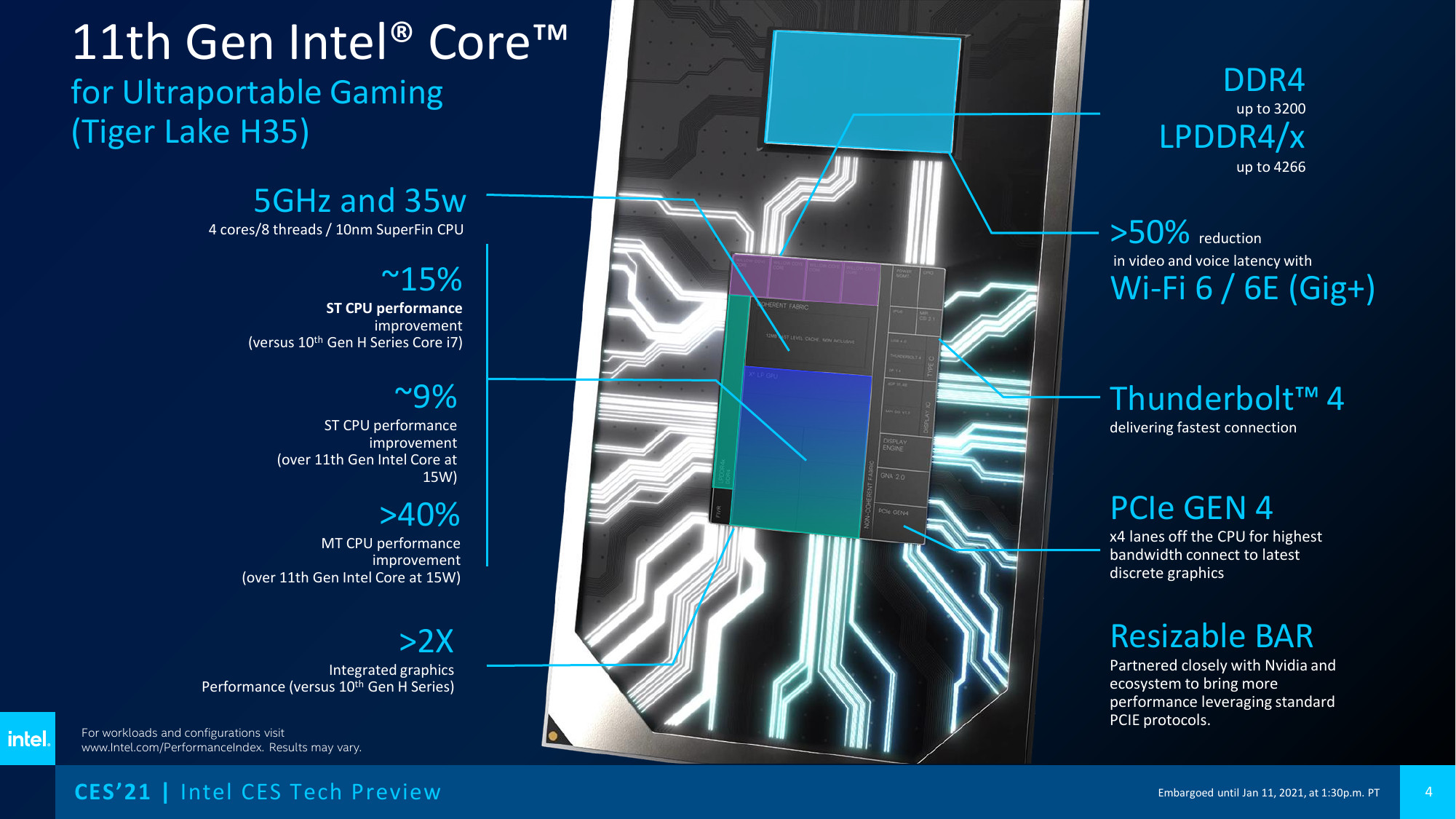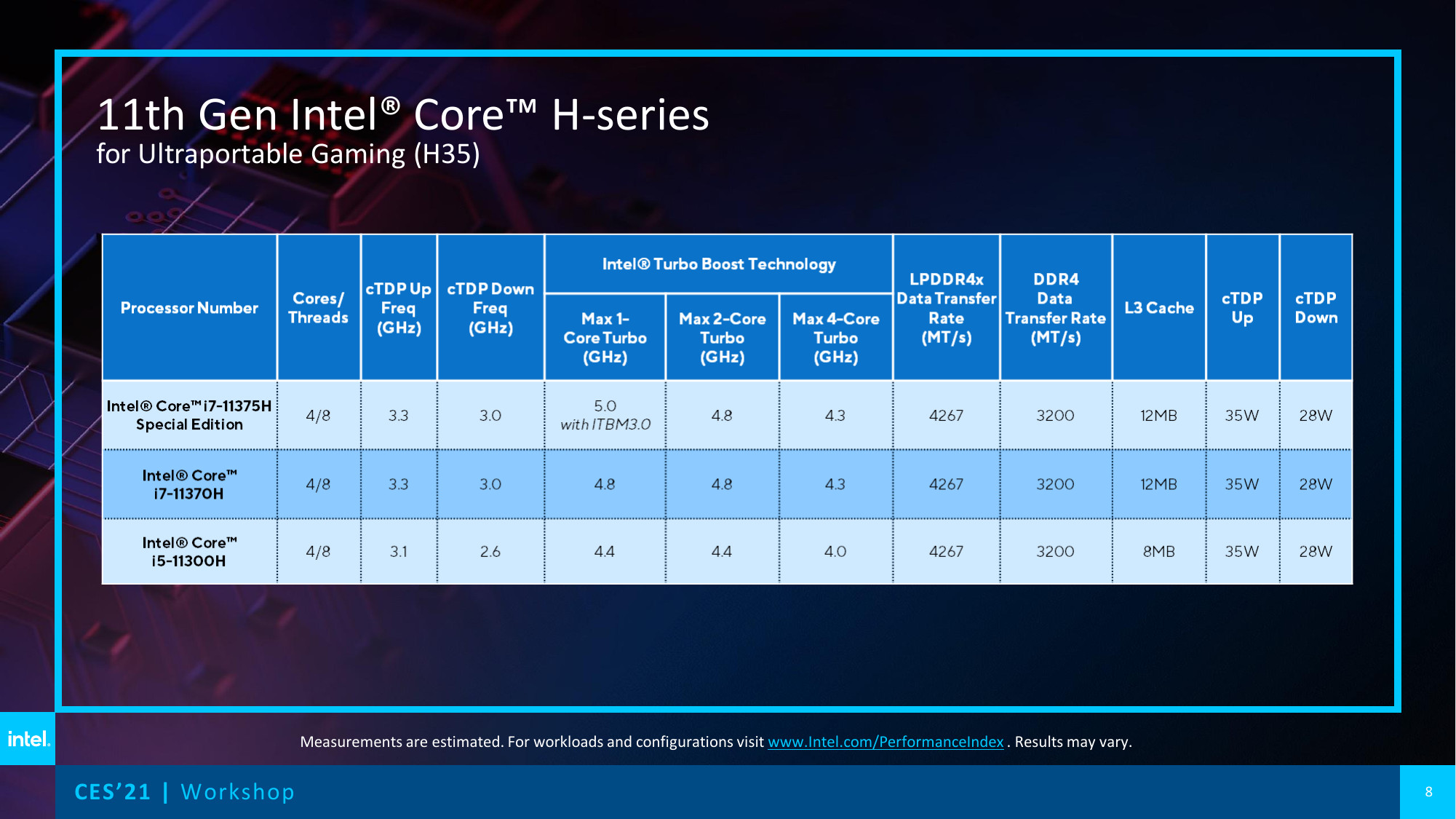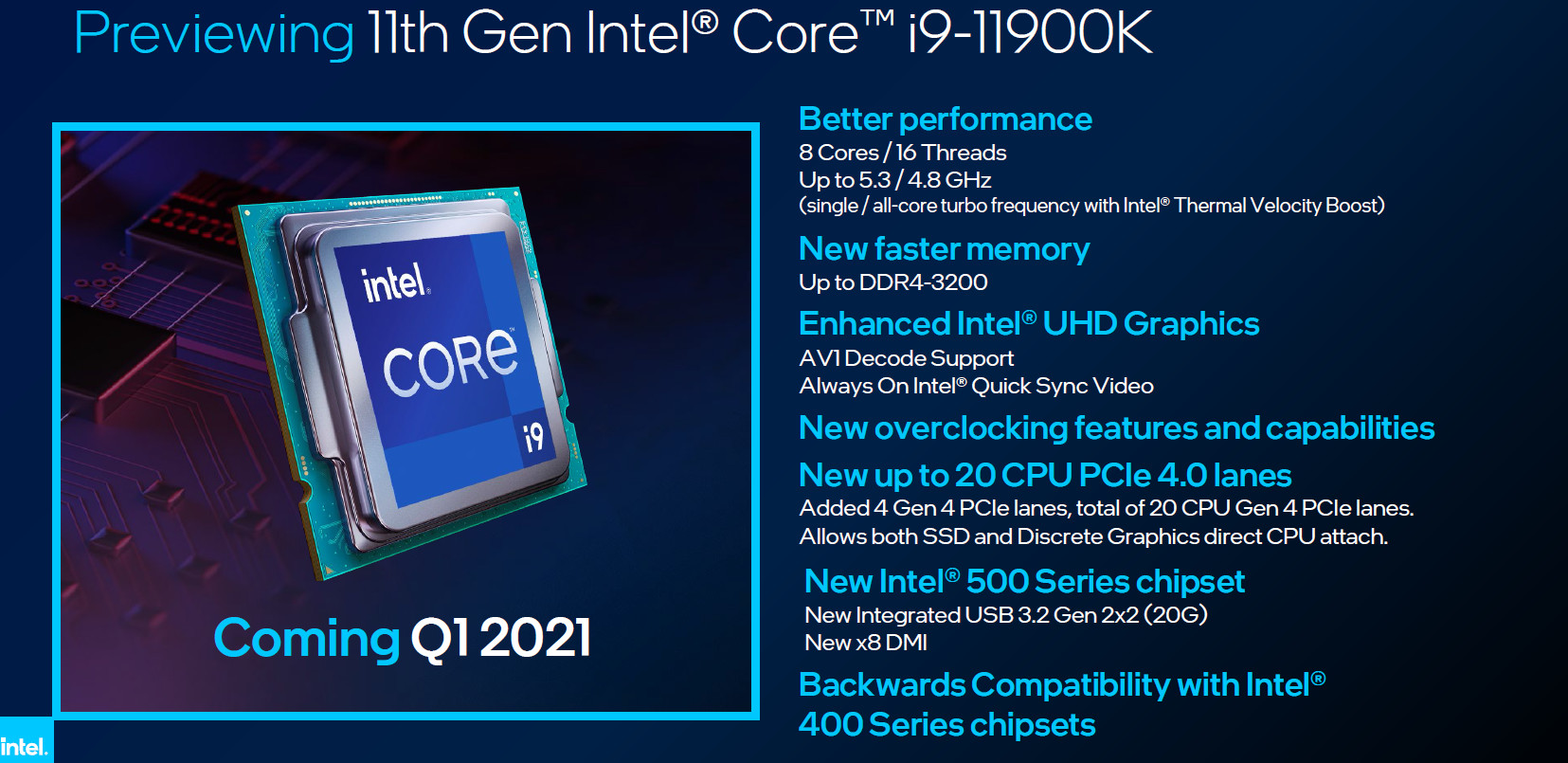-
chevron_right
System76 reveal the brand new Darter Pro with Intel Xe graphics and Open Firmware
Liam Dawe · news.movim.eu / GamingOnLinux · Thursday, 21 January, 2021 - 21:34 · 1 minute
Looking to power up your Linux computing on the go or for around the hose? System76 have refreshed the Darter Pro with a brand new build powered by the latest tech.
Just like a lot of their recent hardware, it's coming filled with some great open source software too. System76 hooked up their new Darter Pro with their Open Firmware . This gives you coreboot and the EDK bootloader with System76 Firmware Apps. So say hello to fast boot times, better security and easy firmware updates from within the operating system.
"The Darter Pro has long been a customer favorite," says Sam Mondlick, VP of Sales. "We’re excited to reintroduce our users to this extremely versatile laptop with features that make it noticeably better than its already fantastic predecessor."

System76 claim it's a highly versatile machine for working on the go, with up to 9 hours battery life. Reasonably light too for moving around at 3.84 lbs / 1.74 kg. If you choose the option with Pop!_OS, the Linux distribution made by System76 then you also get all their built-in enhancements like the fun Auto-Tiling.
Here's some of the fancy tech specs for you:
| Operating System | Pop!_OS 20.10 (64-bit), Pop!_OS 20.04 LTS (64-bit), or Ubuntu 20.04 LTS (64-bit) |
| Processor | 11th Gen Intel® Core i5-1135G7 : Up to 4.2 GHz - 8MB Cache - 4 Cores - 8 Threads 11th Gen Intel® Core i7-1165G7 : Up to 4.7 GHz - 12MB Cache - 4 Cores - 8 Threads |
| Display | 15.6″ 1920×1080 FHD, Matte Finish |
| Graphics | Intel® Iris Xe Graphics |
| Memory | Up to 64GB dual-channel DDR4 @ 3200MHz |
| Storage | 2 x M.2 SSD (1x PCIe gen4 + 1x PCIe gen3 or SATA). Up to 4TB total. |
| Expansion | 1 × USB 3.2 Gen 2 Type-C / Thunderbolt™ 4, 1 × USB 3.2 Gen 2 Type-C, 1 × USB 3.2 Gen 2 Type-A, 1 × USB 2.0 Type-A, MicroSD Card Reader |
| Input | Multitouch Touchpad, Backlit Chiclet US QWERTY Keyboard |
| Networking | Gigabit Ethernet, Intel® Dual Band Wi-Fi 6, Bluetooth 5 |
| Video Ports | HDMI, USB 3.2 Gen 2 Type-C w/ DisplayPort 1.2 |
| Audio | Stereo Speakers, 1× Headphone/Microphone Combo |
| Camera | 1.0M 720p HD Webcam |
| Security | Kensington® Lock |
| Battery | Li-Ion - 73 Wh |
| Charger | 65 Watts, AC-in 100~240V, 50~60Hz, DC-out 19V, 3.42A, USB Type-C Charging Compatible |
Pricing starts at $1,099 and you can find the Darter Pro here .











